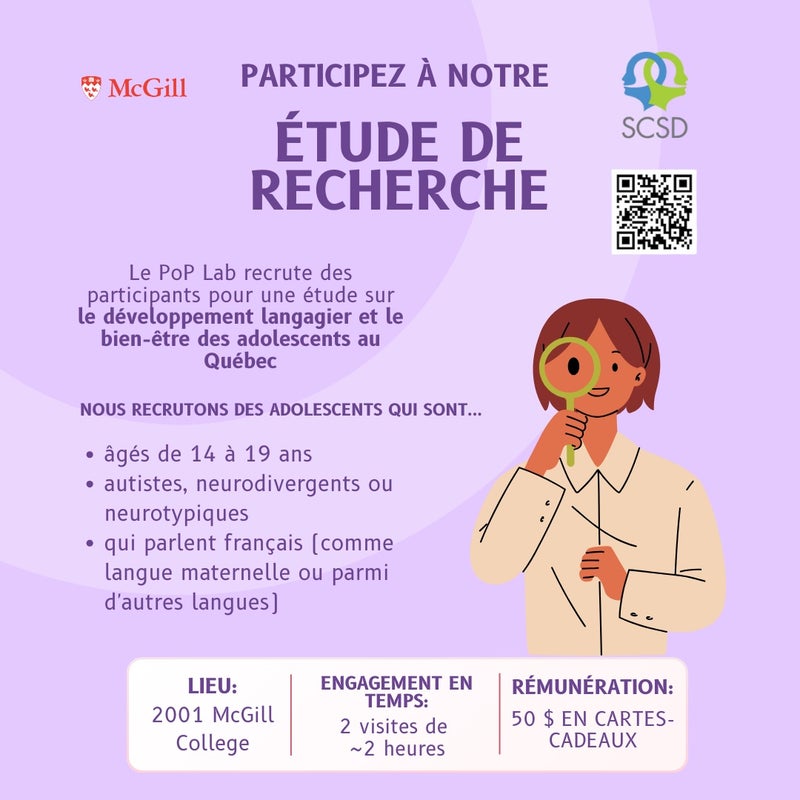The difference between conflict and bullying, and how to address both

By Janet Silverstone Perlis, Despina Vassiliou and Melissa Velandia-Rosales
Parents worry when their children have difficulties with peers and, more often than not, they label such situations as bullying. Some situations are indeed bullying but many of such situations are conflict. It is imperative to address both situations and support children as they manoeuvre them.
It is critical, however, to understand the distinct differences between bullying and conflict as the implications and interventions for the two are very different. Several articles on bullying define it as “...repeated and purposeful. While the tactics vary from incident to incident, the bully is targeting the same people repeatedly with the purpose of hurting or controlling them.” (Psychology Today, National Association of School Psychologists, Verywell Family)
Bullying entails targeting another with repeated and unwanted actions that are physical and/or verbal in nature. The goal involves exerting power and control using intimidation, harassment, threats and instilling fear. It is important to note that both the perpetrator and the victim require intervention.
Conflict, on the other hand, consists of a disagreement between peers: individuals with equal power. These peers may be at odds due to a difference of perspective or opinion. It is not about seeking control or attention. The aim is not to hurt someone else despite being upset or emotional. The goal is to get their wants or needs met and eventually restore the relationship. When children are in conflict, we need to teach them conflict-resolution or problem-solving skills.
As part of addressing these important issues, let’s teach our children the following:
- Understand and recognize the difference between bullying and conflict.
- Recognize that not every hurtful action is bullying even though it may feel that way.
- Manage conflict. It is an important life skill that includes problem-solving and compromise and/or collaboration. There are many effective conflict-resolution programs to help learn those skills.
- Get help from an adult if they are being bullied. Research shows that it is not helpful to have the targeted child handle bullies on their own. It is not a sign of weakness to ask for help.
- Teach them that they need not be a victim. They have the power to say no and not to be mistreated by others. They can stand up for themselves respectfully and without violence.
Where should conflict resolution be applied?
The underlying assumption with conflict-resolution is that all parties involved in a problem situation are responsible and need to work it out. This is not the case when the issue is between a bully and their target, where different interventions are necessary and adult support is needed. Conflict-resolution programs are not recommended for bullying situations.
Forcing a child that is being bullied to participate in conflict resolution or mediation is never a good idea. Instead, develop an intervention process that ensures the safety of the student being bullied. (Verywell Family - Sherri Gordon, June 2020)
Knowing how to resolve conflicts without resorting to aggression is an important skill. Peer mediation and other appropriate models or programs for conflict resolution in school environments exist. However, it is important to reach out to your school if your child expresses having difficulty with a peer and needs help to handle the situation. Schools have many options for interventions for either conflicts or bullying so do not hesitate to reach out if the situation is occurring at the school.
Working out conflicts
In general, children and teenagers gain experience working out conflicts when they have the opportunity to be involved in group situations. Therefore, in addition to school, being part of a sports team, club or activity can also give them opportunities to successfully navigate peer conflict.
Below are several links to resources and tip sheets that parents and teachers may find helpful.
As well, We Know Better Games by Elaheh Bos is a book with strategies that are suitable for elementary-aged children to work on developing problem-solving skills with their parents.
www.prevnet.ca/resources/tip-sheets
www.schoolclimate.org/ resources-for-parents/
Janet Silverstone Perlis and Melissa Velandia-Rosales are psychologists, and Despina Vassiliou is a psychologist and coordinator, Student Services. All are at the English Montreal School Board.









